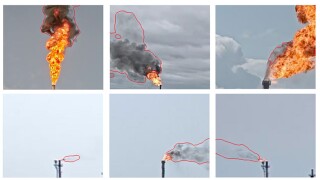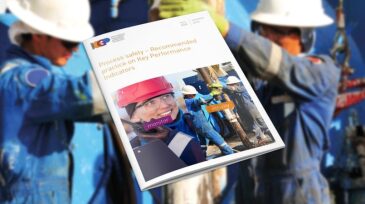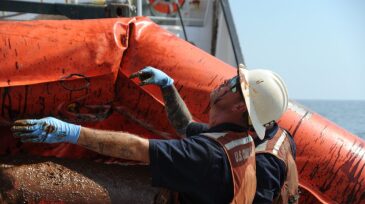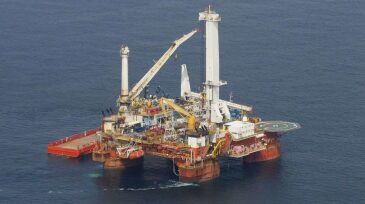Safety
A resilience-based approach to safety was the focus of a panel of experts at the 2025 SPE Annual Technical Conference and Exhibition in Houston.
This paper focuses on developing a model that can be used in an automated, end-to-end flare-smoke detection, alert, and distribution-control solution that leverages existing flare closed-circuit television cameras at manufacturing facilities.
This paper presents a physics-informed machine learning method that enhances the accuracy of pressure transient analysis, predicting reservoir properties to enhance waste slurry injection and waste disposal.
-
The International Association of Oil and Gas Producers recently released the second edition of Report 456, Process Safety—Recommended Practice on Key Performance Indicators. The report provides guidance on identifying leading and lagging process-safety KPIs for the upstream oil and gas industry.
-
Levels of stress and mental health problems among UK workers are at a 17-year high, according to the latest injury and ill health statistics published by the Health and Safety Executive.
-
The response to the 2010 Deepwater Horizon oil spill was affected by heat. This paper evaluates the association between environmental heat exposure and self-reported heat-related symptoms in US Coast Guard Deepwater Horizon disaster responders.
-
Offshore oil and gas drillers need to better protect against spills during disruptions such as hurricanes and power outages, the American Petroleum Institute recommended.
-
Wearable devices can notify workers of hazards, provide useful safety data to employers, and improve safety on the worksite.
-
The tool, called the Field Analysis of Silica Tool, works with commercially available Fourier-transform infrared analyzers to determine a worker’s exposure to respirable crystalline silica dust, providing detailed results immediately following a worker’s shift.
-
The UK’s offshore oil and gas industry continued to see improvement across a broad range of health and safety indicators last year, according to a key insight published by Oil & Gas UK.
-
Colorado's Proposition 112 would increase the minimum distance required between new oil and gas wells and homes, schools, and other designated areas to 2,500 ft—more than twice the current required distance — in an effort to protect public health.
-
The International Association of Oil and Gas Producers has updated its set of Life-Saving Rules to simplify and improve them. The organization’s Report 459 now lists nine rules designed to protect workers in the oil and gas industry from fatalities.
-
The Advanced REACH Tool is a mechanistic higher-tier model to estimate inhalation exposure to chemicals using a Bayesian approach. This paper provides a discussion of the key modifying factors that should be considered to extend the model to include welding fume exposure.












